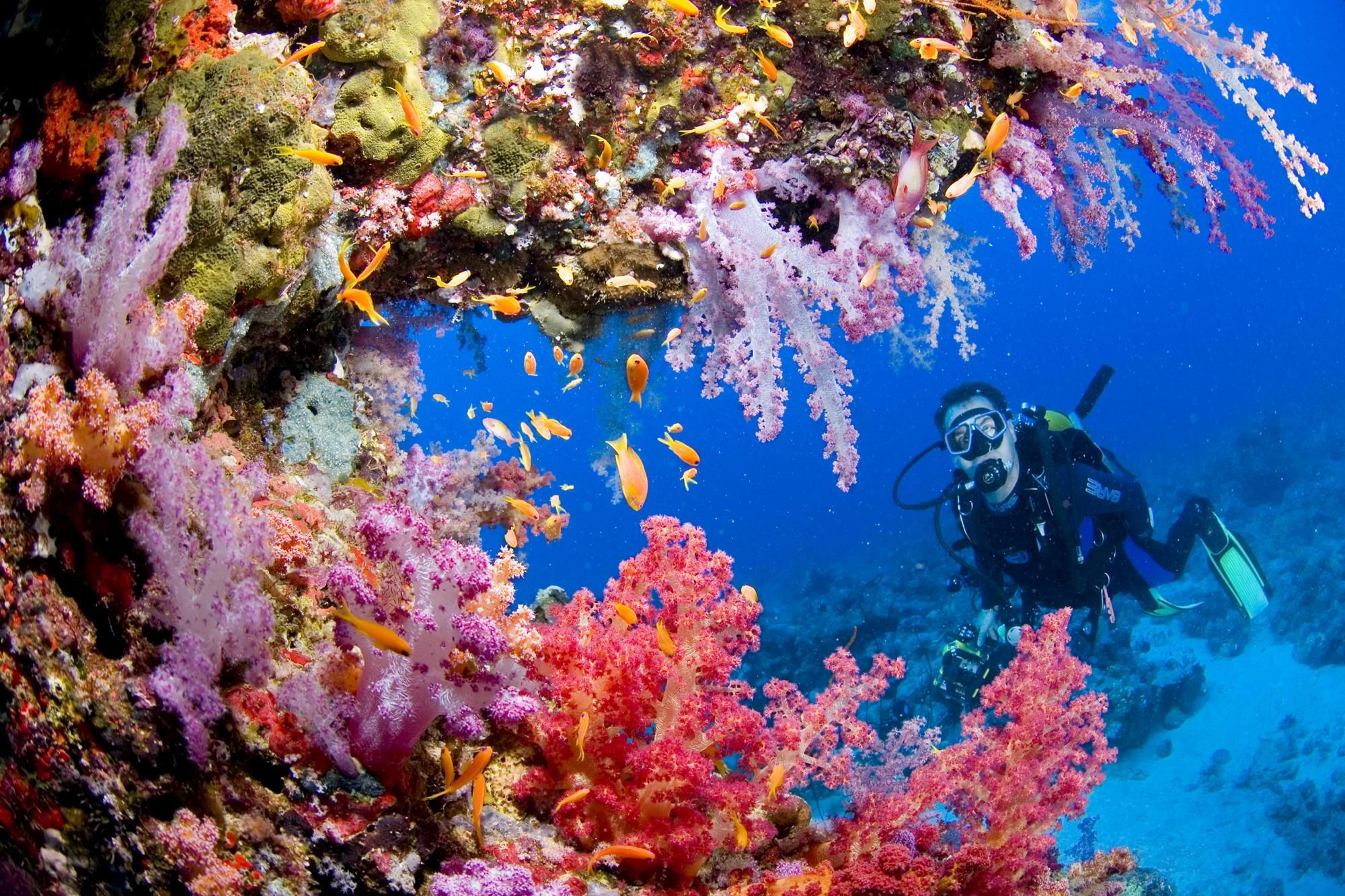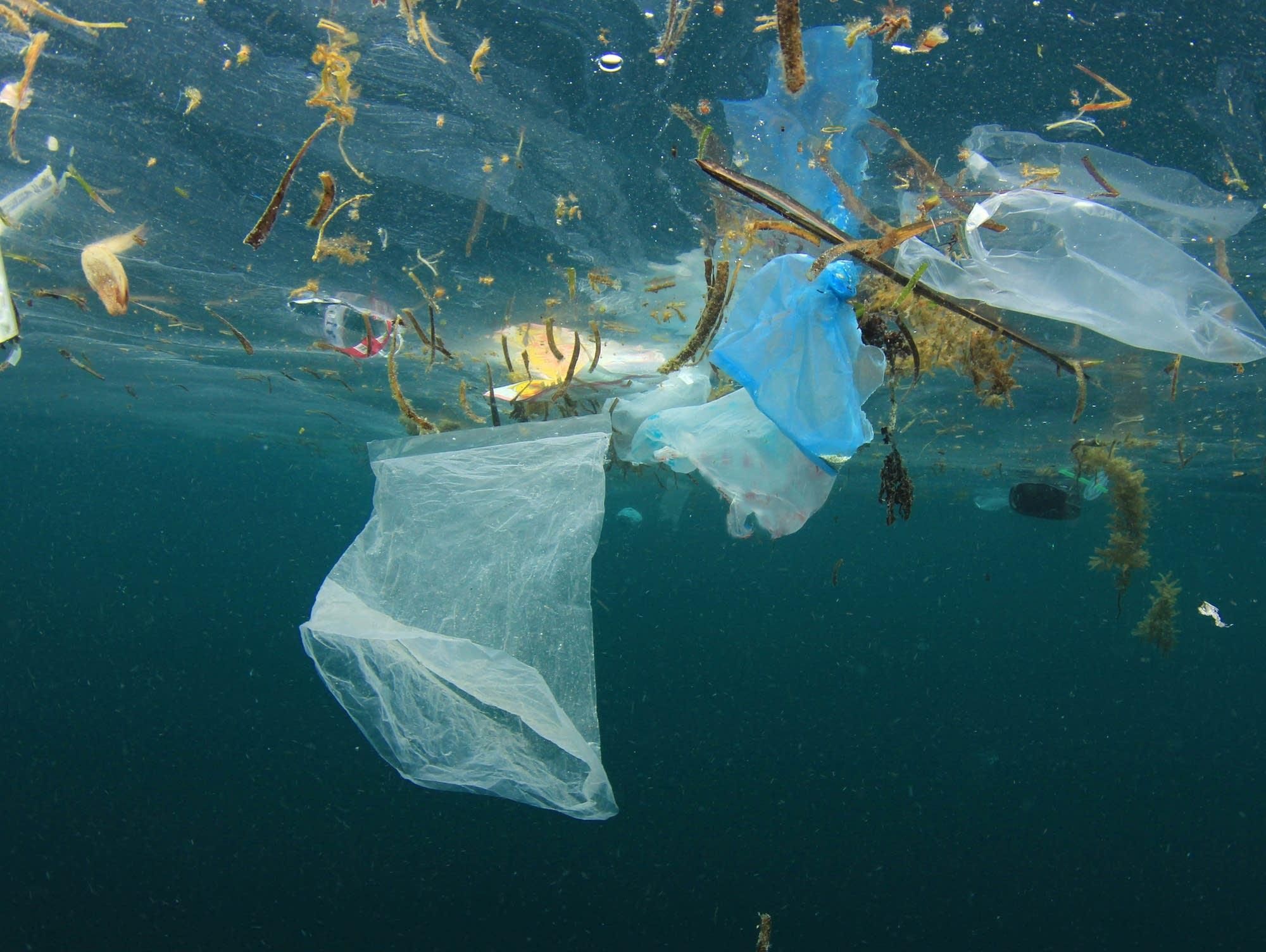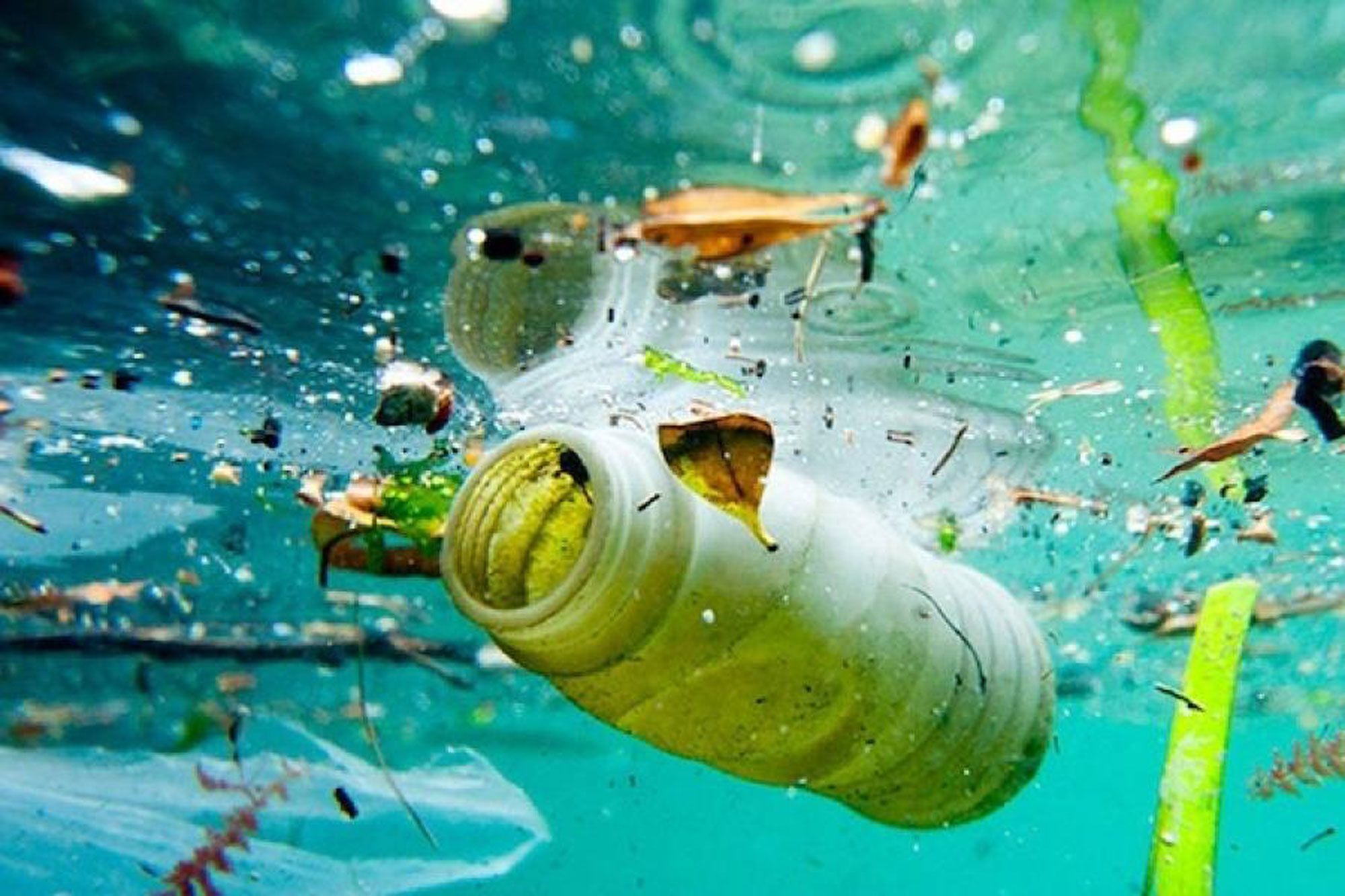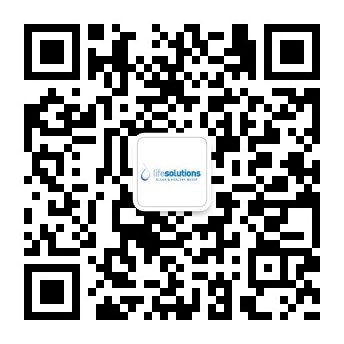The wave rolls in over your feet as sand gives way, pushing sand through your toes. Couples, families and school groups play games on the beach, eat and take photographs. Some people wear shoes, some people are barefoot: everyone’s happy, relaxed. The waves roll in again and again, as they have from before we can remember. That endless sound of the ocean draws millions to its shores each year.
You smile at the sun swarming your face, the clean air holding you in its embrace. Then, something hard bumps against your foot. You look down and are surprised to see a plastic drinking bottle. Its plastic wrapper has long since washed away, its clear surface becoming tarnished like an old stone. Strange, you think, there aren’t even any cafes or picnic tables near here. So, you look around more carefully and see that is not the only plastic bottle. There are hundreds in the sand at the high tide line. Some are half-way buried in sand, others wrapped in seaweed.

scubascene.co.za
With some cities in China increasing their separation of waste and increase recycling rates, is plastic still harmful?
With Shanghai and other cities in China stepping up their waste sorting since the summer of 2019, recycling rates are improving. China has been steadily improving its recycling rate and is efficient at recycling materials like plastic. Recycling is helpful because it extends the useful life of materials like aluminum, paperboard and plastic. It also keeps these materials from ending up in farmer’s fields, rivers and the ocean.

img.apmcdn.org
Plastic drinking bottles are useful for carrying water, tea and other drinks, yet plastic production is harmful in several ways, including in production. In addition to the fact that many single use plastics come from non-renewable fossil fuels and use energy in their manufacturing, harmful toxic chemicals are also released as air pollution and can also pollute soils and waterways. Toxic contaminants like toluene, benzene, sulfur oxides, nitrous oxides, methanol and volatile organic compounds are found in plastic production’s toxic ‘cocktail’.
After being used, plastic drinking bottles have been found in many rivers and oceans around the world. In the UK, according to WWF, 500,000 tons of micro-plastics have been found in the ocean each year. These ‘plastic pieces injure, suffocate and often kill marine animals, including endangered sea turtles and monk seals.’ So, a drink in single-use plastic bottle may taste sweet, yet plastic pollution might leave a bitter taste in your mouth.

surftotal.com
World Oceans Day connects and encourages people to protect and restore the ocean. The aim is to protect 30% of the world’s land and oceans by 2030. Here at Life Solutions, we help people to avoid the damaging effects of single use plastic drinking bottles by using long-lasting clean drinking water systems and re-usable cups and bottles.
This way, we can enjoy the sweetness of life – such as enjoying a refreshing, hydrating glass of water on a hot day – and leave the ocean for future generations to enjoy and care for.

w-dog.pw
This World Ocean’s day, join us in protecting the precious ocean. Contact us to chat and find out more.



